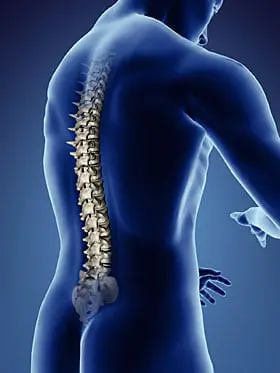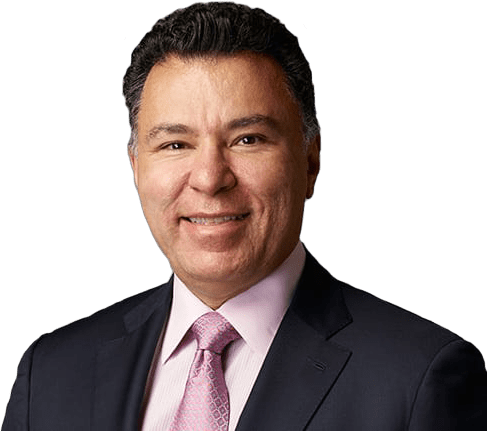Alexandre B. de Moura, M.D., FAAOS
Cervical Lumbar Spine Specialist, Medical Director


Congenital scoliosis is a less common form of scoliosis, only affecting 1 in 10,000 newborns. It is a spinal deformity that causes a sideways curvature of the spine due to a birth defect. In some cases the spine can be rotated or twisted which causes the ribs to be pulled, forming a multidimensional curve.*
Congenital scoliosis occurs early in development, within in the first six weeks of embryonic formation. Other issues such as kidney or bladder problems may occur with children diagnosed with congenital scoliosis. In some cases, though the defect is present at birth it may go unseen until later in their adolescent years.*
With a team of dedicated doctors you can be sure that your child will receive only the best care with us here at NYSI. We have customized treatment plans and will be there with you and your family from the initial consultation up until treatment and follow-up care.*
Our years of expert treatment and procedures have turned our doctors and surgeons into industry leaders. We can handle everything from common to complex forms of scoliosis here at NYSI, led by our top medical director Alexandre B. de Moura, M.D. FAAOS.*
Language barriers will never be a problem for our patients here at NYSI. Our talented staff members speak multiple languages, including: Spanish, Portuguese, French, Italian, German and Russian.*

Cervical Lumbar Spine Specialist, Medical Director
Your child’s pediatrician will typically detect congenital scoliosis during their first examination of birth, due to an abnormality of their spine. Though, for some it can go unnoticed for years until it becomes easily visible to either the child or parents.*
Congenital scoliosis can be caused when any of the following occur while the baby is in the womb*:
It is common for children with congenital scoliosis to form other curves in their spine as their bodies way of trying to compensate for the deformity.*

Cervical, Lumbar, Adult & Pediatric Scoliosis and Spinal Deformity Specialist
Typically scoliosis is not painful, which is why it sometimes goes undetected until later in life. Most symptoms are visible curvatures as opposed to any pain. In order to receive optimal care and treatment, early detection is necessary.*
Some symptoms that patients and families can look out for are*:
A physician will thoroughly review your family’s medical history and perform a physical examination on your child. The forward bend test can detect scoliosis but not the presence of congenital abnormalities. Imaging tests can provide more information, and you may find your child’s physician using one of the following tests*:

Cervical, Lumbar, Adult & Pediatric Scoliosis and Spinal Deformity Specialist
Depending on the severity of your child’s diagnosis, your doctor may recommend one of the following treatment options.*
Nonsurgical Treatments
Surgical Treatments:
With several treatment options to help correct congenital scoliosis, your child’s physician will take many factors into account when diagnosing them. The type of abnormality, the severity of curvatures, and other health conditions will help determine the best plan of care.*
*The effectiveness of diagnosis and treatment will vary by patient and condition. New York Spine Institute does not guarantee certain results.